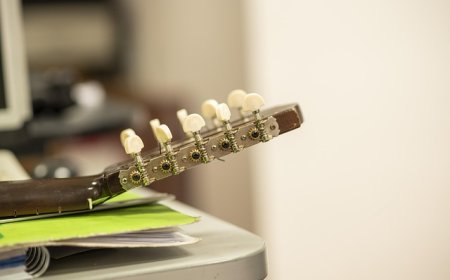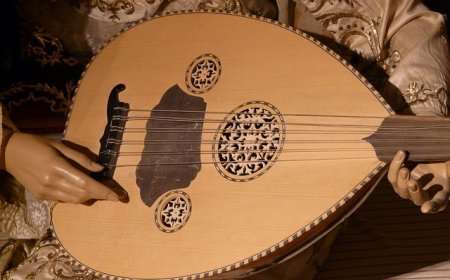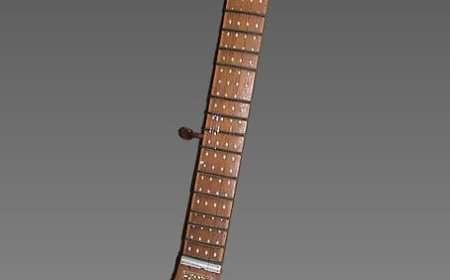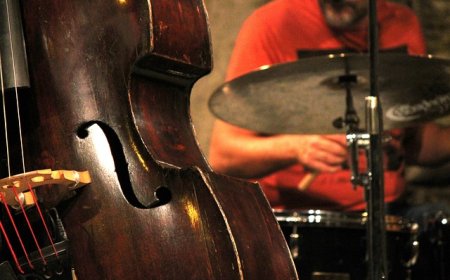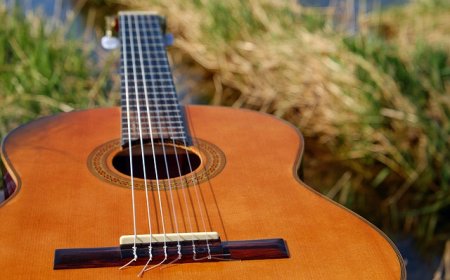Trumpet Facts for Students | Learn How the Trumpet Works & Its History
Learn all about the trumpet, including how it works, its history, famous players, and tips for beginners. A complete guide for young music students and curious learners
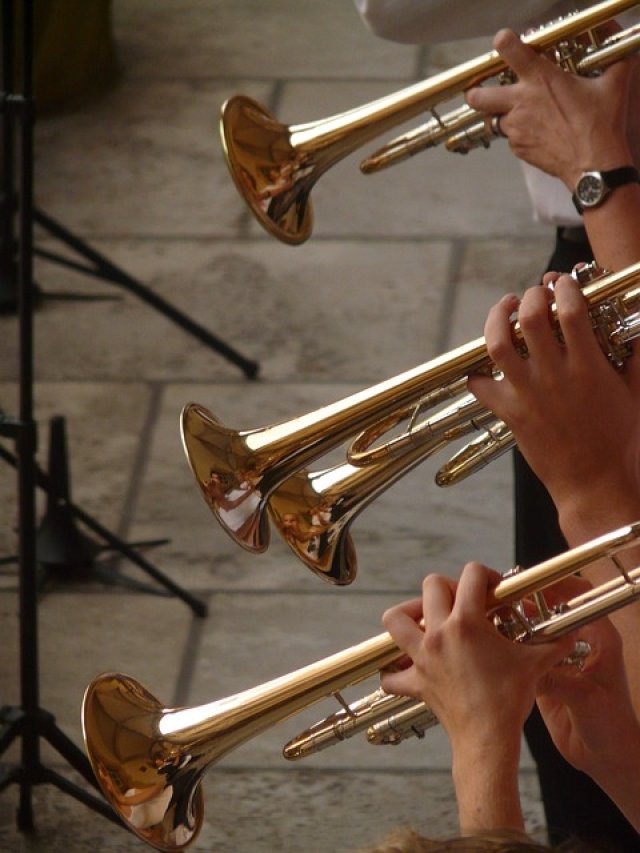
🎺 All About the Trumpet
🥇 Introduction
The trumpet is one of the most exciting and powerful instruments in the brass family. Its bright, bold sound can be heard in many styles of music—from classical and jazz to pop and marching bands. If you’ve ever seen someone press down shiny buttons and blast out high notes, you were probably watching a trumpet player in action! Let’s explore everything you need to know about this golden‑horned instrument.
🎺 What is a Trumpet?
A trumpet is a brass wind instrument that produces sound when the player buzzes their lips into a mouthpiece. It has three valves and a long metal tube that flares out at the end into a bell. Trumpets are used in orchestras, jazz bands, school bands, and even in movie soundtracks!
- Belongs to the brass family
- Played by buzzing lips into a mouthpiece
- Has a bright, clear, and powerful sound
🧩 Parts of the Trumpet
A trumpet may look simple, but it’s made up of several important parts that help create its unique sound:
- Mouthpiece – Where the player buzzes their lips to create vibration
- Leadpipe – Connects the mouthpiece to the rest of the trumpet
- Valves (1, 2, and 3) – Pressed in different combinations to change the pitch
- Valve Slides – Help fine‑tune the pitch when valves are pressed
- Tuning Slide – Used to tune the overall pitch of the trumpet
- Bell – The flared end where the sound comes out
- Water Keys – Small levers used to release moisture (spit valves)
⚙️ How Does the Trumpet Work?
The trumpet works by combining the player’s air, lip buzz, and valve movements. When the player blows into the mouthpiece and buzzes their lips, the air travels through the metal tubing. Pressing the valves changes the path the air takes, making different pitches. Higher or lower notes are created by adjusting lip tension and valve combinations.
- Buzzing lips + air = vibration
- Valves change the length of tubing
- Shorter tubing = higher pitch; longer tubing = lower pitch
📜 History of the Trumpet
The trumpet has been around for thousands of years!
- Ancient Times: Trumpet‑like instruments were used in ancient Egypt, Greece, and Rome—mainly for military or ceremonial purposes.
- Middle Ages & Renaissance: Trumpets became more musical and were used in royal courts.
- Baroque Era (1600s–1700s): Composers like Bach and Handel wrote music for natural trumpets (no valves).
- 1800s: The modern trumpet was invented with valves, making it easier to play all the notes.
- 20th Century: Trumpets became key instruments in jazz, big bands, and pop music.
🎷 Famous Trumpet Players
Some of the world’s greatest musicians have made their names playing the trumpet:
- Louis Armstrong – A jazz legend known for his joyful playing and singing
- Miles Davis – A pioneer of cool and modern jazz
- Wynton Marsalis – A world‑class classical and jazz trumpeter
- Alison Balsom – A leading classical trumpet soloist from the UK
- Tine Thing Helseth – A popular Norwegian classical trumpet player
🎶 Learning to Play the Trumpet
If you’re thinking about learning the trumpet, here’s what you should know:
- Start with a beginner trumpet that’s lightweight and easy to hold.
- Practice your buzzing without the trumpet to build strength in your lips.
- Learn fingerings for each valve combination.
- Practice long tones, scales, and simple songs to improve sound and control.
- Join a school band or take private lessons for faster progress.
💡 Tip: Practicing a little each day helps build muscle memory and endurance!
😄 Fun Facts About Trumpets
- The trumpet is one of the highest‑pitched instruments in the brass family.
- Some trumpets are made of plastic for beginners!
- The tubing on a trumpet, if stretched out, would be about 4.5 feet long!
- Trumpets can be found in many keys, but the most common is B♭ (B‑flat).
- There’s even a piccolo trumpet, which plays higher notes and is smaller!
👧 Kid‑Friendly Summary
The trumpet is a brass instrument that makes sound when you blow into it and press down valves. It’s loud, fun, and can play both happy and serious music. Trumpets have been around for a long time and are played in many different kinds of music. If you want to learn a cool instrument that stands out, the trumpet might be the one for you!
📚 Vocabulary Words
| Word | Meaning |
|---|---|
| Brass family | A group of instruments made of metal and played by buzzing lips |
| Valve | A button on the trumpet that changes the pitch |
| Buzzing | The sound made by vibrating lips into the mouthpiece |
| Mouthpiece | The part where the player blows into the trumpet |
| Tuning slide | A tube that adjusts the trumpet’s pitch |
| Bell | The end part of the trumpet where the sound comes out |
❓ Interactive Quiz
- 1. What do trumpet players do with their lips to make sound?
A. Sing into the trumpet
B. Whisper softly
C. Buzz their lips
D. Hum quietly - 2. How many valves does a trumpet have?
A. 2
B. 3
C. 5
D. 4 - 3. What is the flared part of the trumpet called?
A. Horn
B. Mouthpiece
C. Slide
D. Bell - 4. Who is a famous jazz trumpet player?
A. Taylor Swift
B. Louis Armstrong
C. Beethoven
D. Elvis Presley - 5. What is the main material used to make a trumpet?
A. Wood
B. Plastic
C. Brass
D. Glass


















































